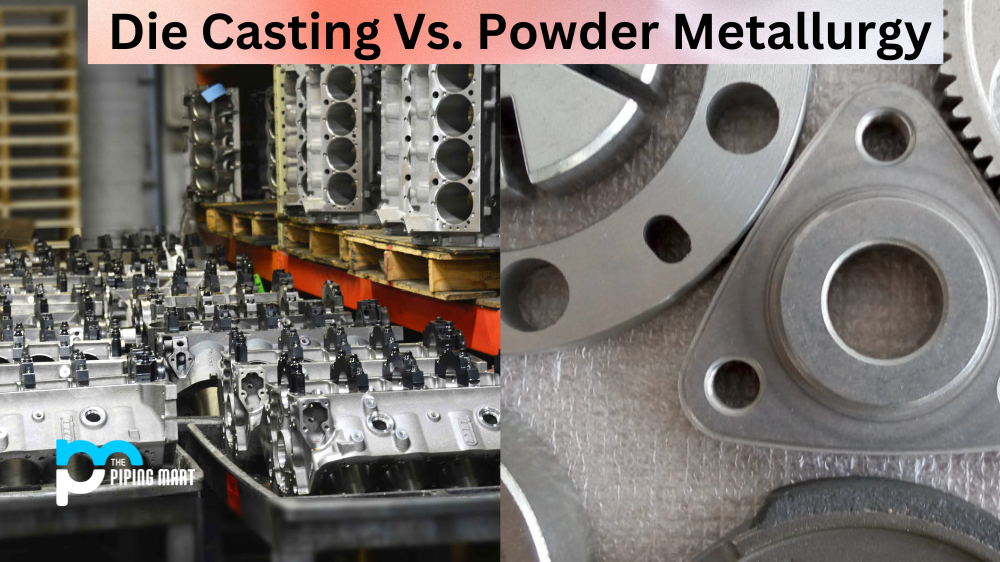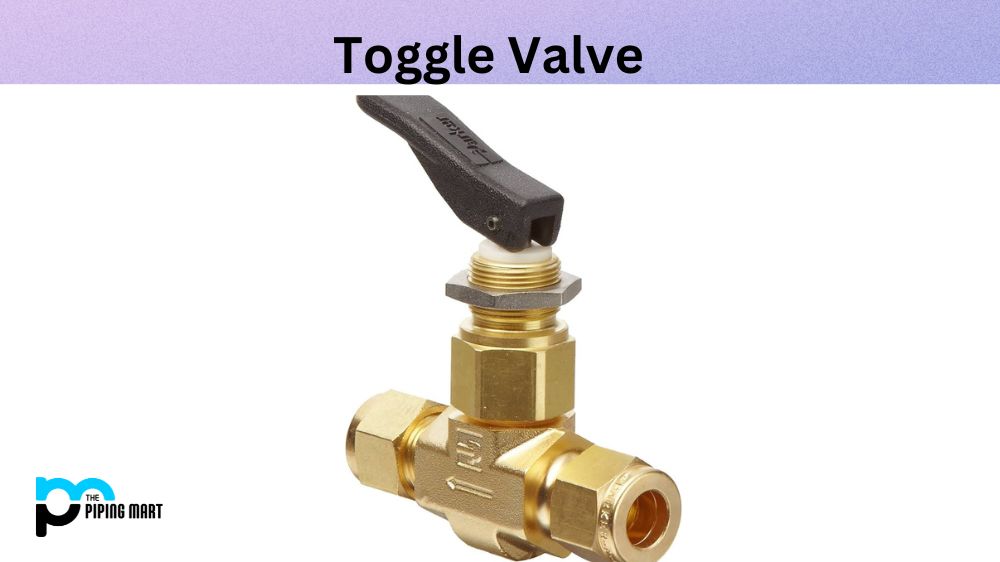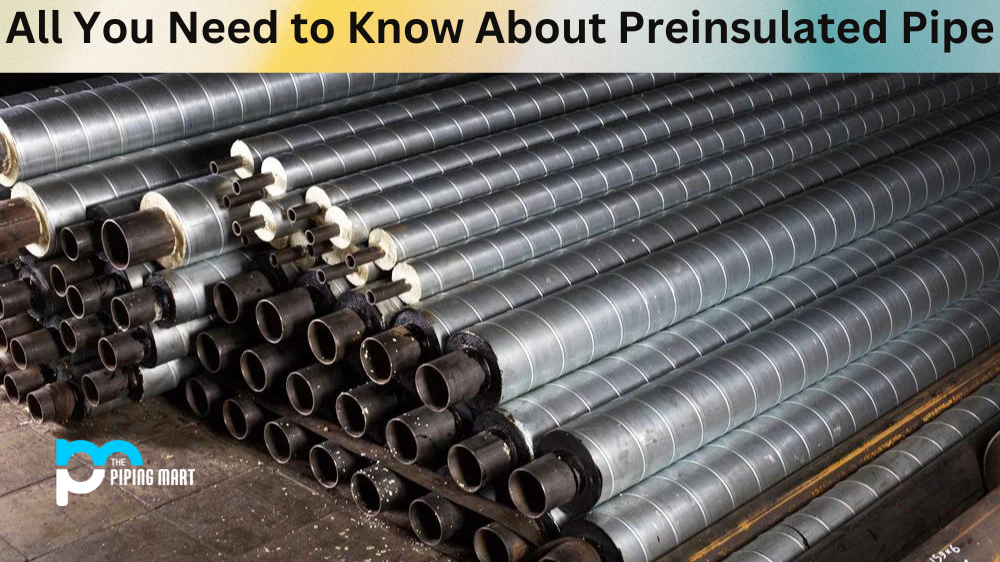Die casting, and powder metallurgy are two manufacturing processes that are used to produce metal components. They both utilize heat, pressure, and/or a combination of the two to create parts with exacting specifications. But how do they differ? Let’s take a look at the pros and cons of each method so you can decide which one is right for your project.
Die Casting Process
The die-casting process is a metalworking technique that uses high-pressure injection moulds to form shapes from metal alloys such as aluminium or zinc. The molten metal is injected into the mould at high speed and pressure, cooling quickly enough that it takes on the shape of the mould itself. This process allows for complex shapes to be created with precision, but there are some drawbacks. For example, it is difficult to form intricate details in die casting due to the high pressure and speed of injection. Additionally, die-cast parts tend to have porosity issues due to trapped air pockets in the material during the injection process.
Powder Metallurgy Process
In contrast, to die casting, powder metallurgy uses powdered metals such as iron, brass, or steel mixed with a binding agent such as wax or plastic binder, which is then subjected to heat and pressure in order to form shapes. In this process, there is more opportunity for intricate detail since the powder can be formed into more intricate forms prior to being heated and pressed together. Additionally, since powder metallurgy does not require as much heat or pressure as die casting does, it tends to have fewer porosity issues than its counterpart. However, it does not produce parts with as much strength or durability as those from die casting because of its lower temperatures and pressures used during processing.
Difference Between Die Casting and Powder Metallurgy
- Die casting is a manufacturing process that involves injecting molten metal into a mould to create a desired shape.
- Powder metallurgy is a manufacturing process that involves using metal powder to create a desired shape.
- Die casting is typically used for creating complex shapes, while powder metallurgy is typically used for creating simple shapes.
- Die casting typically results in a smoother surface finish, while powder metallurgy typically results in a rougher surface finish.
- Die casting is typically more expensive than powder metallurgy, but it can also be faster and more efficient.
Conclusion:
Die casting, and powder metallurgy are both effective methods for producing metal components with exacting specifications. While they share similarities, such as utilizing heat and/or pressure during their respective processes, they also have their own unique advantages and drawbacks depending on what kind of part you need to be made. Die casting produces stronger parts but has difficulty forming intricate details, while powder metallurgy creates more detailed parts but offers less strength than die-casted components overall. Ultimately it depends on what type of component you need to be produced; if you need something stronger, then go with die casting, while if you need something more detailed, then consider going with powder metallurgy instead!

Abhishek is a seasoned blogger and industry expert, sharing his insights and knowledge on various topics. With his research, Abhishek offers valuable insights and tips for professionals and enthusiasts. Follow him for expert advice on the latest trends and developments in the metal industry.




